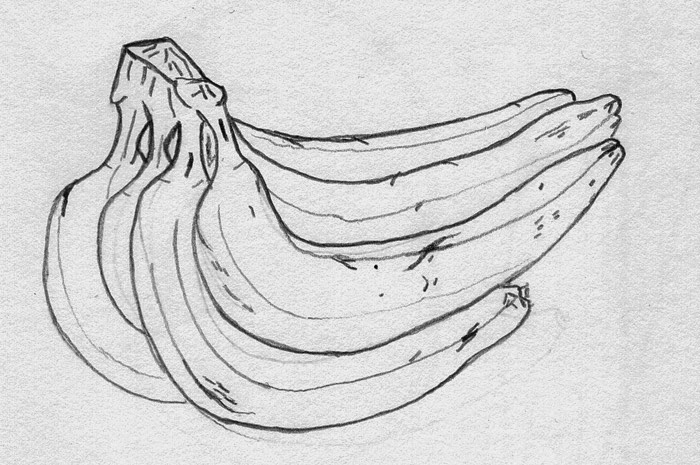
The difficulty lay in the methods employed for measuring water (river and sea) depth: these could not easily be utilised for altitude and, in any event, there were less compelling reasons for ascertaining the altitude or for thinking about lines of constant height. The leap from mapping lines beneath water (isobaths) to those on dry land is a harder story to untangle even though it appears to be an obvious extension. He was, nevertheless, the first to promote their use his exquisite printed maps were widely available throughout Europe. Yet it is clear that he had seen Ancelin’s beautiful manuscript maps and also met with Marsigli ( McConnell, 1989).

Notwithstanding Ancelin’s earlier work, Nicolaas Kruik (or Cruquius) (1678–1754) wrote extensively about the use of isobaths (in about 1730) and is the person most often associated with their invention ( Konvitz, 1987, p. Although, Pierre Ancelin’s maps are older, it is unlikely that Marsigli – working in France – would have known of his work.
#Contour lines in art example series
In attempting to connect the geological continuity of mountain chain with seabed features, the Italian Luigi Marsigli (1658–1730) published a map ( Marsigli, 1725) which shows a single freehand isobath-as-escarpment (rather than a series of lines to denote variable depth). How Ancelin came to devise isobaths appears to be another story that needs investigation, as no other cartographers employing them prior to him have been identified. Unusual for this time, nothing appears in relief – all the buildings are drawn from a bird's eye view. There are also triangulation lines originating from depicted high points (such as the ‘Franken Kirk’).

Traversing the river, the routes of the soundings – taken to gauge depth – are added with ruled lines and number sequences.
#Contour lines in art example code
Drawn freehand, lines of pencil and coloured ink washes are used to colour code the isobaths. Whether others produced similarly ‘dotted’ manuscript maps is unknown but none are recorded until 1697 when Pierre Ancelin created a series of exceptional manuscript maps of the River Maas, the largest of which is nearly two metres wide ( Figure 1). Along several sections of the river, an ‘underwater pathway’ is indicated by dotted lines with the wording ‘ 7 voet’ appearing at regular intervals, which could be read as ‘route recommendation’ (rather than ‘isobath’). For example, in 1584, Pieter Bruinsz (or Bruinszoon, 1550–1600) created a small manuscript map depicting a navigation channel for the River Spaarne in North Holland. lines of constant water depth these appear to have been invented a number of times (but always in response to a particular problem such as flooding events or issues of navigation). The results of this investigation, and a description of the various associated spin-off projects that involved collaboration with a mathematician (Johnson), are presented here.Ĭontour lines join locations of equal elevation. Nevertheless, it provided the start of a new project: an investigation into the history of con- tour lines and to learn what role, if any, Charles Hutton had played (Rann, 2016c). Clearly, this required further investigation, but cursory research seemed not to support this claim.

However, an internet search produced another Hutton – Charles Hutton (1737-1823) – apparently the ‘inventor of contour lines’, which was an intriguing claim. As ‘artist in residence’, one of us (Rann) was working with the National Trust for Scotland ( Rann, 2013/2014) this led to the need to obtain information about James Hutton (1726-1797), a famous geologist. The story that we tell here starts with some research into the history and geology of Arran, Scotland.

When you’re done, look down at your paper to see how you captured (or didn’t capture) the likeness of your subject.Ĭheck out our recommendations for more drawing games and drawing challenges that will get your creative juices flowing.Who invented contour lines? This should be a straightforward question, but it soon transpires that there is no definitive answer. Unlike continuous contour, you can pick up your pen, a fact that only adds to the charm of this exercise by making things even more askew. As your eye slowly moves around the object, keep your drawing utensil moving. Begin with your pen or pencil-we recommend a pen so it won’t smudge-on the page and then start at the bottom of the shape. If continuous contour drawing sounded challenging, creating a blind contour drawing will be even more daunting-but this fun activity will make you smile at the results. The “blind” in blind contour comes from the fact that you will never look down at your paper while drawing. Artwork & photo: Sara Barnes / My Modern Met


 0 kommentar(er)
0 kommentar(er)
